GORE’s TENARA Fabric Decides Future Wimbledon Matches
Full Disclosure: my understanding of tennis is limited at best. The game seems to go on beyond any practical measurement of time; it seems less of a sport to me than a marathon of cruelty. If the idea is to gage the better player—as in the person who can serve, swing, run, react, and so forth —then why make the matches interminable? When forced to watch the sport, which happens periodically at my house various times a year, I get rather dizzy. I feel sorry for the ball boys and ball girls, who appear to be trained in a British form of robotics. And my knees ache just watching the stop-and-go torture.
GORE™ TENARA® Retractable roof on Centre Court, Wimbledon.
So when I was asked to write about GORE™ Tenara® Architectural Fabric specifically because it was used at Wimbledon’s Centre Court, I found myself having to conduct research into the sport of champions. After reading through some decidedly upscale material about the famous All England Lawn Tennis Club (AELTC), I surmised one important thing: the Queen’s grass court was at the mercy of inclement weather. This had made countless matches over many years delayed by rain. After much debate over tea served in filigreed saucers, the AELTC made a decision—to cover Centre Court in a retractable awning made of GORE™ Tenara® Architectural Fabric. Waiting had caused nerves to be shot, the outcomes of games to be compromised. But now, this problem is no more.
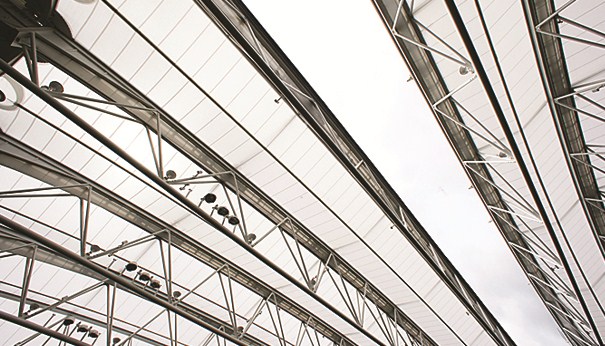
GORE™ TENARA® Retractable roof on Centre Court, Wimbledon.
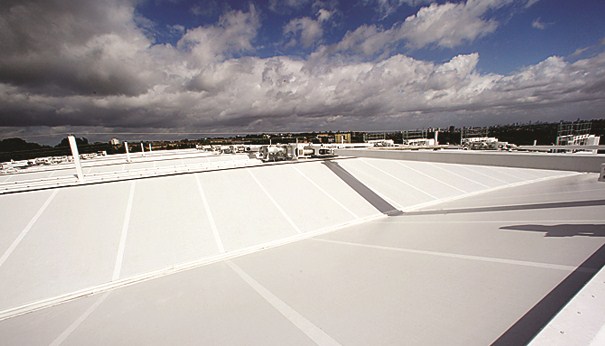
GORE™ TENARA® Retractable roof on Centre Court, Wimbledon.
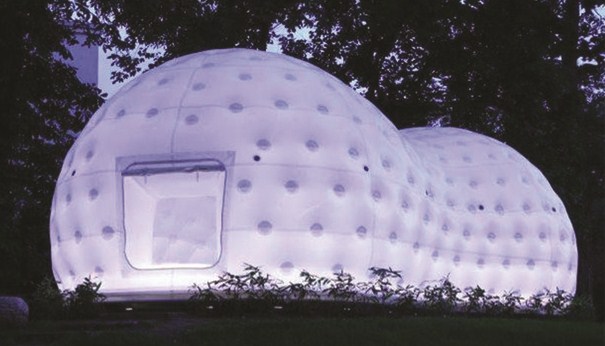
Inflated exhibition space, Frankfurt, Germany. Designed by Kengo Kumamade made with a double layer of 40% light transmitting GORE™ TENARA® Architectural Fabric.
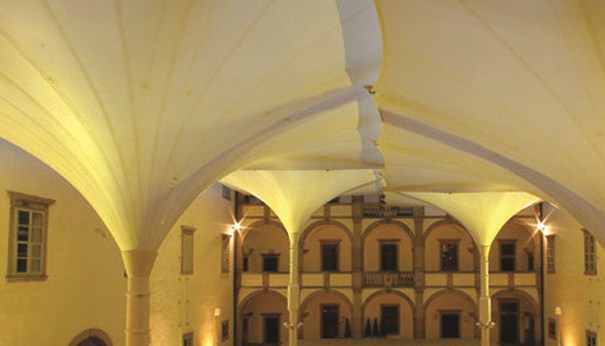
GORE™ Tenara® Weitra Castle, Retractable Umbrellas.
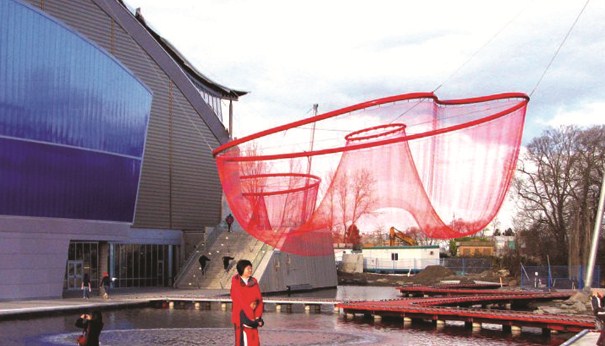
‘She Changes, 2005’ Designed by Janet Echelman made with red and white GORE™ TENARA® Architectural Fiber.
On May 18, 2009, Wimbledon unveiled the concertina-designed roof, which “contains approximately 5,200 square meters of the fabric.” GORE™ Tenara® was chosen for a variety of reasons: light, flexibility, and durability. The patented, registered, and trademarked material allows for a good percentage of light transmission: at Wimbledon, they used two styles of the fabric, one allowing 40% light transmission, the other 20%. This combination translates into airiness: “Play at Centre Court still feels like it’s outdoors, even when the roof is closed.” In true English conservatism, the roof shall remain folded into its housing for most of the year. This lengthy storage poses no problem for GORE™ Tenara® Architectural Fabric, since “it won’t crack, crease or develop mold and mildew while stored.” It’s also easy to fold away due to its flexibility and drape. All these qualities are summed up at the official Tenara® website, where they provide this motto: “lights brilliantly, folds beautifully, lasts ultimately.” Personally, I welcome rain delays. In the past, they had given me a respite from watching protracted tennis matches (is anyone else forced to accompany their significant others in sports-watching?). I reveled in the idea that weather delays would break an opponent—such nerve-wracking pauses of unknown length! So I’m not a huge fan of the new retractable roof over Her Majesty’s Centre Court. However, GORE™ Tenara® Architectural Fabric can also be used in more artistic applications.
In Kengo Kuma’s Tea House, for instance: an inflatable exhibition space that Kuma calls “breathing architecture.” It looks like a pair of rising bubbles temporarily settled on a patch of grass in Frankfurt (like giant German dew). The Tenara® fabric was also put to fabulous use in the Weitra Castle courtyard, as the material for beautiful, overlapping umbrellas whose “deployment and retraction” must be “carefully synchronized.” When lit, the covered Renaissance courtyard looks like a sultan’s tent. And if those projects aren’t artsy enough for you, then take a look at the sculpture installed in Portugal’s Porto-Matosinhos waterfront area. “She Changes” by Janet Echelman recalls “the fishing nets that are so important to the local culture.” 150 feet in diameter and 14 stories high, Echelman’s installation is “made of netting fashioned from red and white GORE™ TENARA® Architectural Fiber, braided into cords.” When illuminated, the sculpture looks like a net caught in a swirling gyre beneath the sea under a full moon. While the fabric’s use at Wimbledon will probably please a far greater percentage of the world’s population, I prefer the virtually unlimited artistic possibilities of the material.
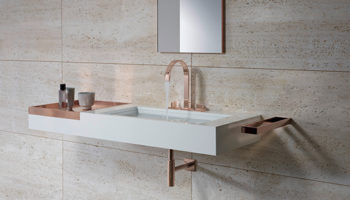
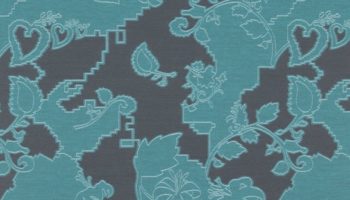
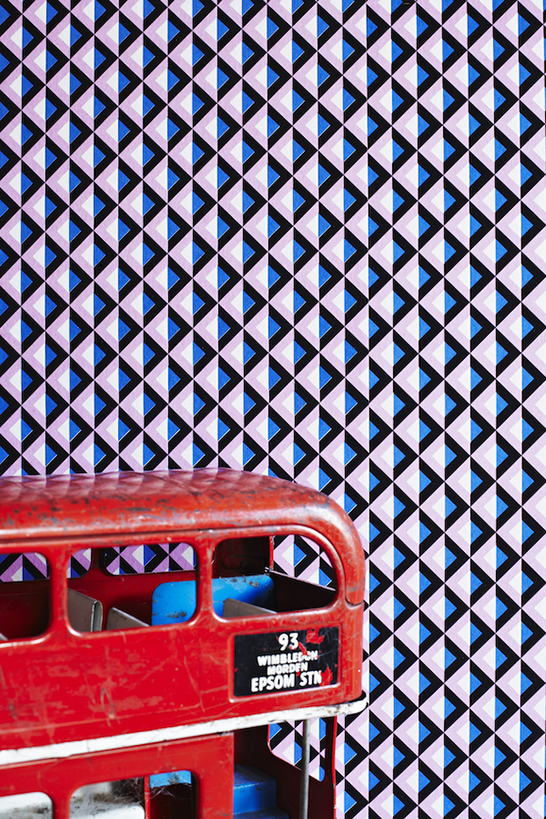

Leave a Reply